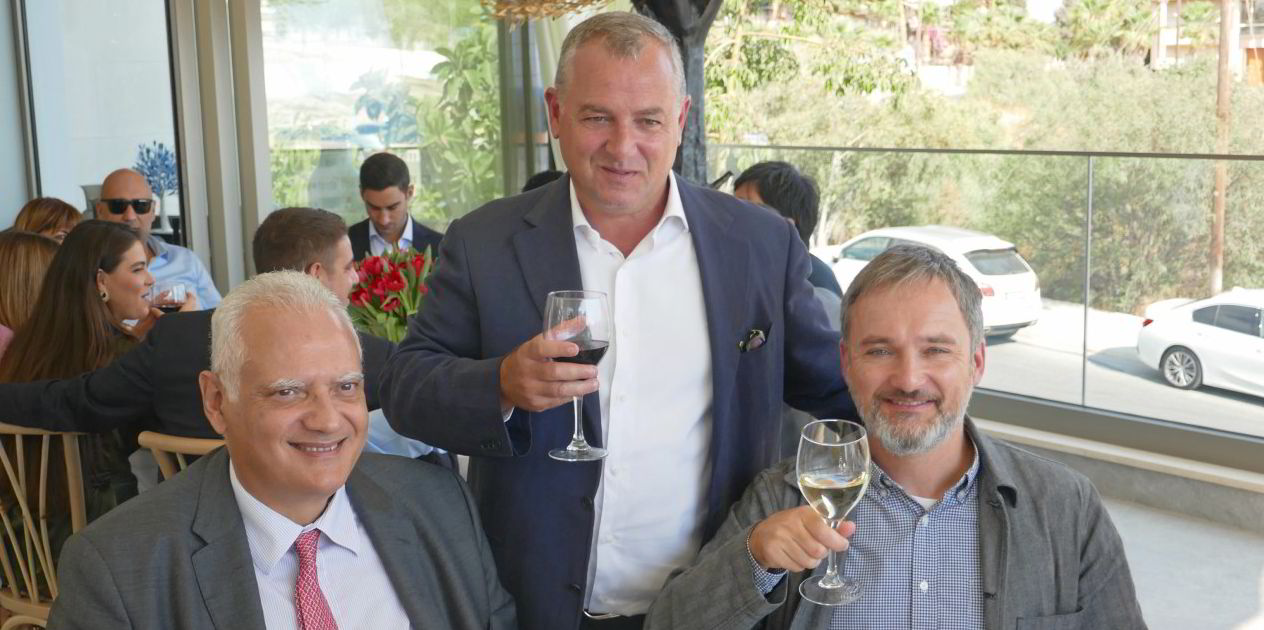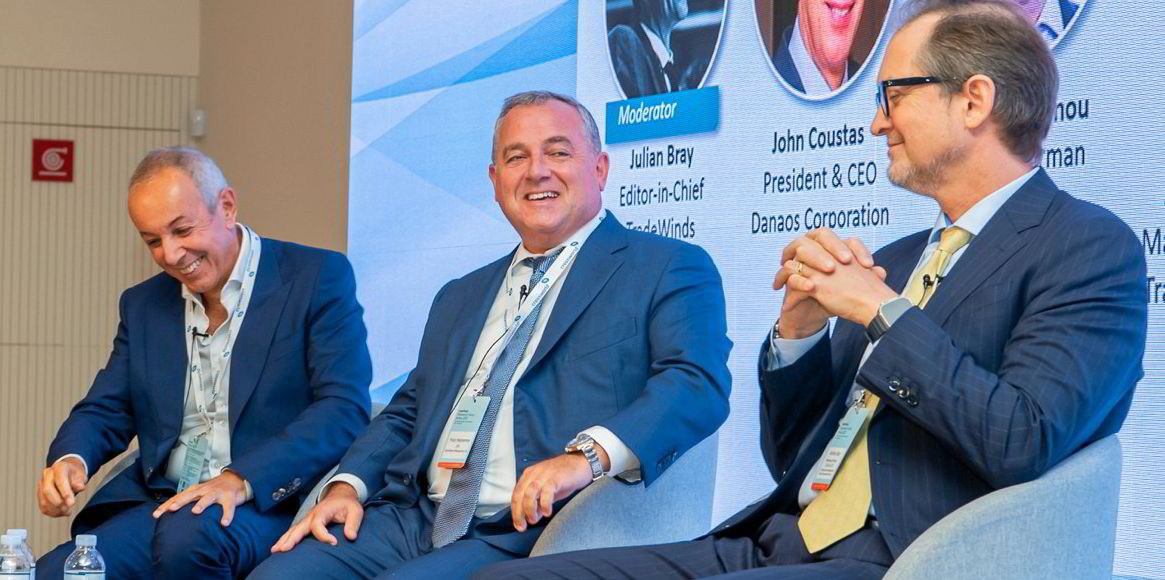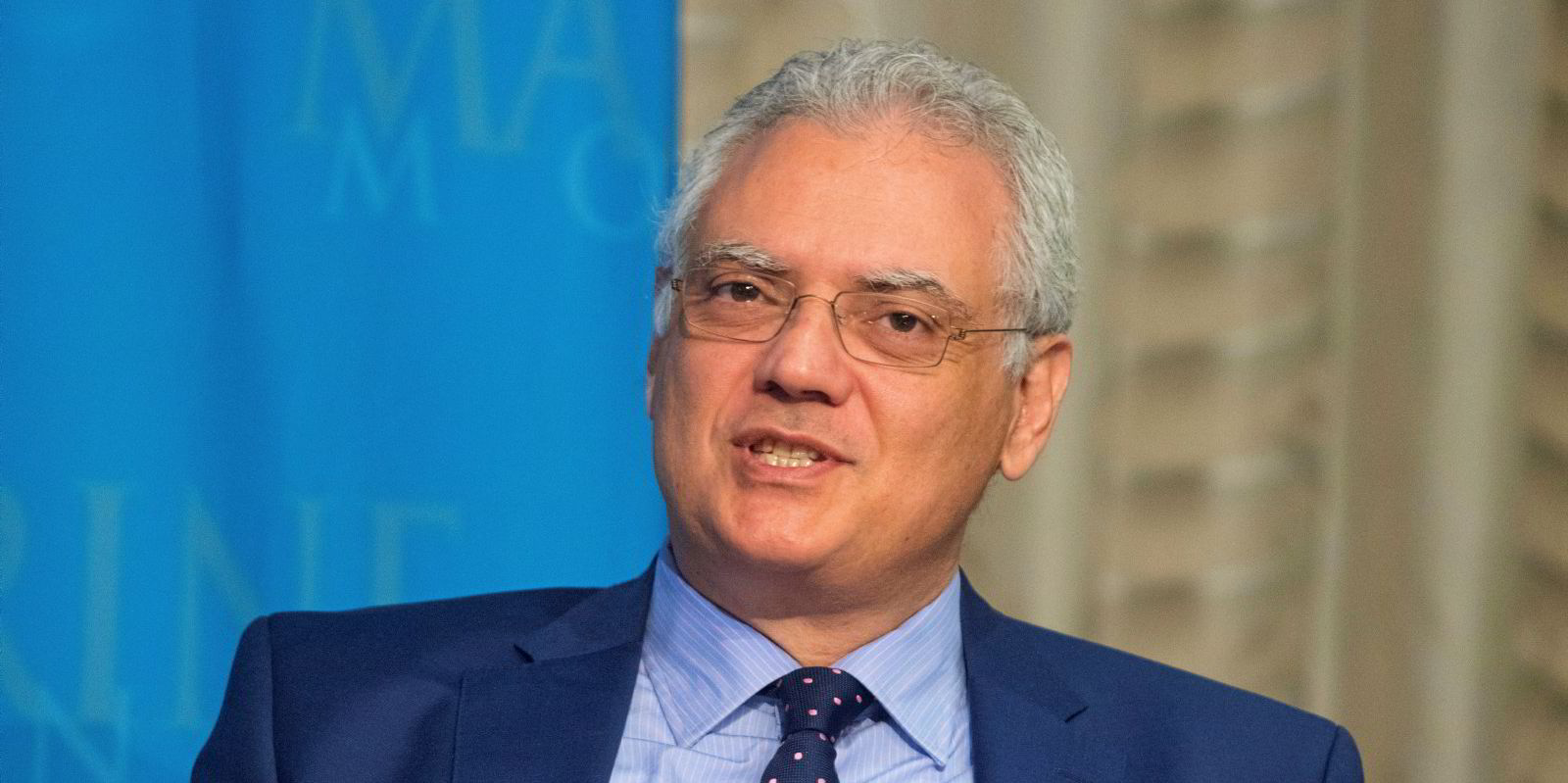Safe Bulkers, a US-listed owner of 46 ships in the water, signalled it intends to keep its strategy steady after lifting profits in the first quarter of the year.
Incremental fleet renewal and a mixed chartering strategy amid robust markets saw the company increase its net income to $25.3m, which was nearly one-third higher than in the first three months last year.
The main driver was a 22% annual increase in net revenue, which rose to $81.7m as Safe Bulkers’ time charter equivalent earnings stayed above $18,000 per day for a second consecutive quarter.
“During the first quarter of 2024, we operated in a relatively stronger market compared to the previous year,” president Loukas Barmparis commented in an earnings release on Monday.
Safe Bulkers took advantage of benign market conditions to fix forward and lock in high freight rates for two of its capesizes, the 176,300-dwt Aghia Sofia (built 2012) and 181,300-dwt Maria (built 2014).
The Aghia Sofia will earn $26,000 per day for 18 to 20 months for its new charter, after it ends index-linked period employment in September.
The Maria is earning just under $26,000 per day after Safe Bulkers struck a deal to extend its current charter, which was index-based and scheduled to conclude in September. The new fixed rate began on 1 April and will last 48 to 60 months.
As of 19 April, all of Safe Bulkers’ eight capesizes were on period time charters, seven of which were locked in for more than a year.
Its conservative business strategy is also reflected in its trading and scrubber choices.
Steering clear of geopolitical hot spots, Safe Bulkers vessels have been avoiding the Black Sea and the Red Sea.
The company also plays it safe in its scrubber policy, equipping just about half its fleet with the devices. Twenty-one of its ships have exhaust gas cleaning systems installed. A 22nd will follow in this quarter.
Safe Bulkers has scheduled six dry-dockings during this quarter to install the additional scrubber and to bring to 20 the number of its vessels with other environmental upgrades, such as low-friction paints.
Polys Hajioannou, Safe Bulkers’ chief executive and largest shareholder, is also expected to display continuity in his fleet renewal strategy, under which the Greek-Cypriot shipowner orders newbuildings at about the same pace as he shakes out older vessels.
As TradeWinds already reported, the company announced on 26 April that it has placed yet another order at a Japanese yard, bringing to 17 the number of kamsarmaxes and post-panamaxes it has booked since 2020 at a total cost of more than $600m.
Meanwhile, it sold three older vessels on the secondhand market in the first quarter for total gross proceeds of $53m.
The company revealed on Monday that it has slated two additional ships for sale. It did not identify them but said the assets it holds for sale are worth $39m.
This gradual renewal strategy has lowered the average age of its fleet to 10 years.
The strategy seems to get increasing approval from investors.
The stock on the New York Stock Exchange has climbed since September to 10-year highs. Despite the rise, however, the market capitalisation of $564m is still about half its net asset value of $1.1bn.
Safe Bulkers maintained its dividend unchanged at $0.05 per common stock, the same level it has had ever since the company started a shareholder payout in the fourth quarter of 2021.
It also announced on Monday that it has exhausted a common stock repurchase programme launched in November, after it bought back 4.86m out of the maximum 5m shares envisaged under the plan.
This is equivalent to 4.5% of the common stock then outstanding and 8.1% of its free float.
Hajioannou controls 43% of the common stock.





